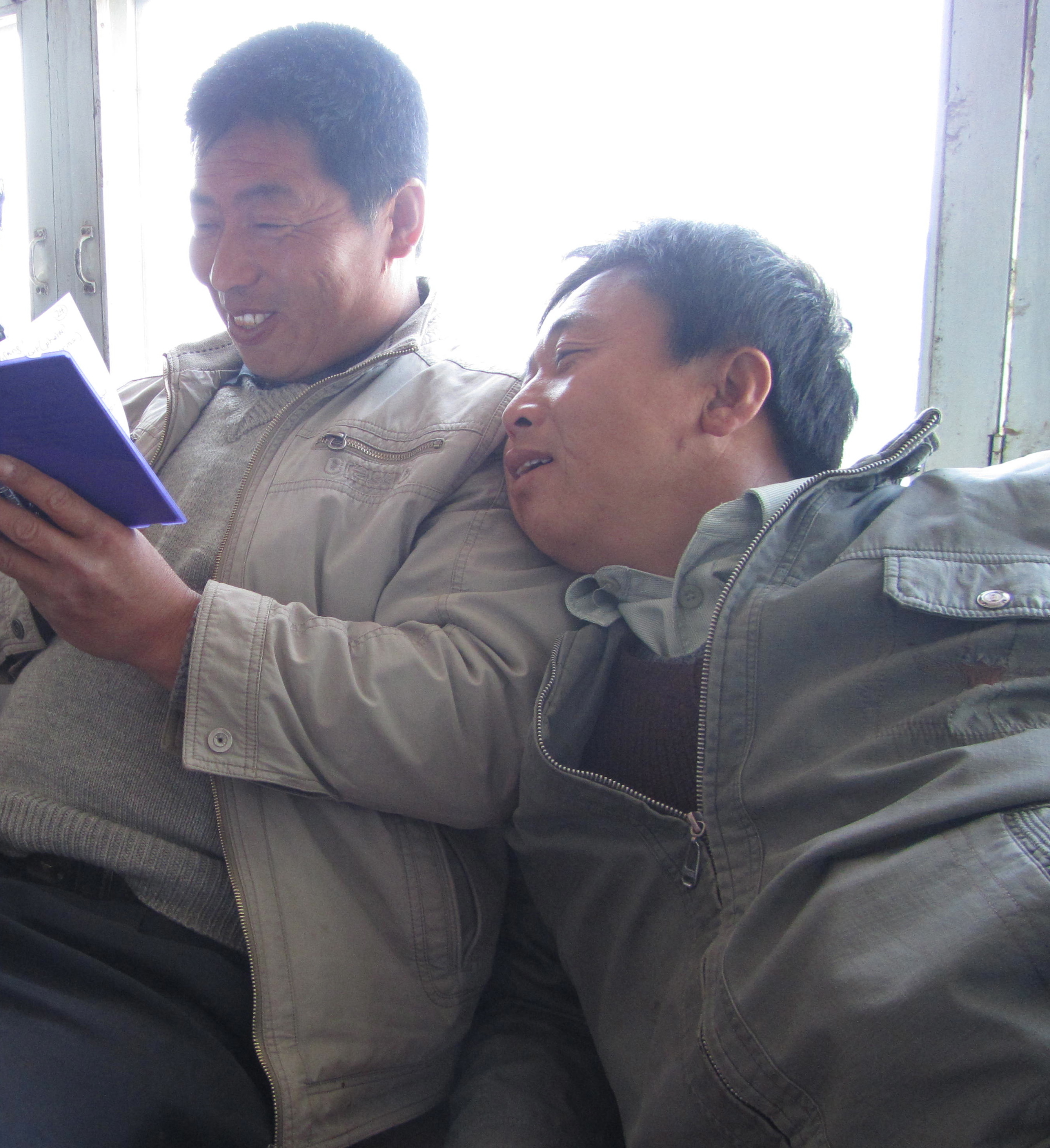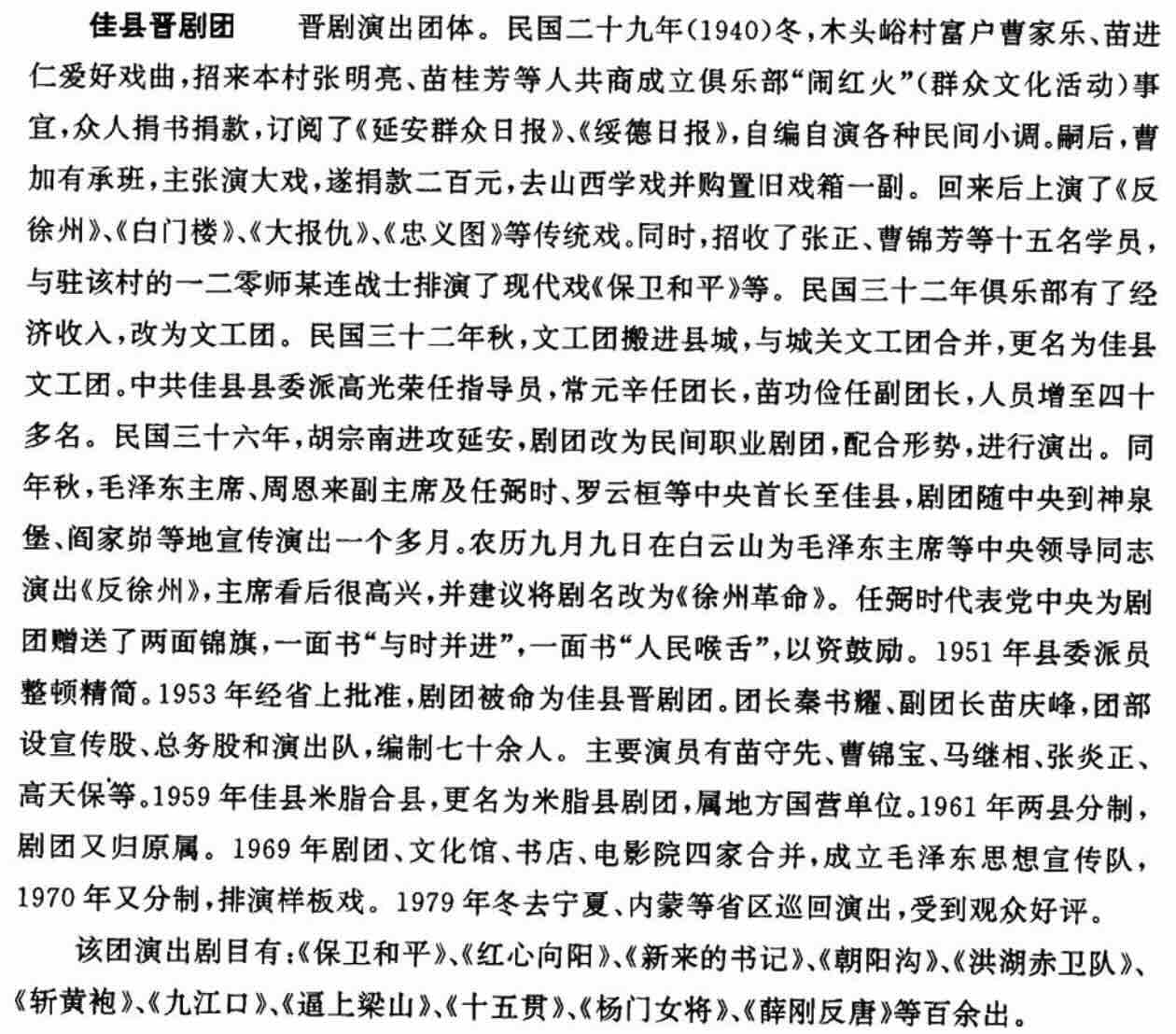
During interludes between rituals,
my Daoist friends enjoy trying to decipher the weird squiggles in my notebook.
Talking with Chinese people, when one doesn’t understand a bit of dialect or an obscure term, they sometimes adopt a device that supposedly solves the problem, as the wise Victor Mair describes in his recent post on Language Log:
Countless are the times I’ve seen people writing Chinese characters in the air to tell which of dozens of homophones they might be referring to. They say, “You know, it’s this one”, and then their index finger goes flailing through the air. It never works, because there are no points of reference from one stroke to the next or between one component and the next, plus they are writing backward with regard to the person to whom they are trying to describe the character.
It works a bit better writing sinoglyphs in the air if the drawer and the viewer stand facing the same direction—but not much.
Writing characters with your finger works a lot better if you do it on a surface—your palm, a table, a car hood, whatever, but it’s still far from ideal, because the movements are ephemeral.
I would add that while the palm is indeed a surface (and I can usually just about work it out when someone “writes” the character in my palm), more often they write it in their own palm, which is facing them, not you, so you can’t even see it properly… As a foreigner one feels a certain obligation to pretend one has understood, perhaps to avoid losing face, or to reassure them that you are literate and “have culture”. So while gratified to learn that it can be a challenge even for such a master as Prof. Mair, when I’m perplexed in such a situation I still find it a tad embarrassing, since Chinese people together seem to find it a perfectly satisfactory solution.
For simpler cases, one is accustomed to widely-understood verbal descriptions of a character—whether by depicting its component parts, such as for the surnames Wu (koutian wu 口天吴 “wu with mouth and heaven”) and Li (muzi li 木子李 “li with wood and son”), or by stating its use as part of an unambiguous binome, like my own Chinese surname (zhongbiaode zhong 钟表的钟 “zhong as in clock”, a bit like “cat as in catastrophe”). * This can get pleasantly silly, like when I tell rural ritual specialists (or other friends who share my abstruse predilections) which character for kou I’m referring to: “Yuqie yankoude kou 瑜伽焰口的口” (“kou as in the Yogacara Flaming Mouth ritual“), establishing a niche complicity…
Left, Yankou shishi ritual manual, 1922 (see here, under Gaoqiao).
Right, former monks performing a funerary yankou ritual, Beijing suburbs 1993.
Talking of which, in the early 1990s I used to visit the elderly former monk Benxing in his bare room at the Zhihua temple, listening as he told me about the ritual life of old Beijing, and his own story. As I was taking notes, sometimes I had to query how to write a character that came up in conversation—not so much Buddhist terms as the names of people, streets, or villages. This was long before the days of mobile and internet, and he didn’t even have a little dictionary—but what he did have was a copy of the voluminous Flaming Mouth ritual manual, which he now used for the same purpose. Having learned thoroughly to recite it in his youth before Liberation (and still sometimes performing the ritual for patrons in the suburbs), Benxing was able to fast-forward mentally through the entire text until he came across the character in question, and then deftly flick through the manual to show me!
Back to oral descriptions: one evening in Shaanbei in 2001 with my two fieldwork colleagues at a grotty hostel in Jiaxian county-town, I was telling them how I’d been reading up on the origins of the county Jinju opera troupe in the nearby village of Mutouyu (木头峪, “Wood Gulch”) which had made important innovations before Liberation, performing for Chairman Mao at the Baiyunshan temple fair in 1947. ** I had great fun trying (with studied ineptitude) to explain how to identify the characters for the village:
木头的木,嗯,木头的头。。。嗯,木头峪的峪!
mu as in mutou [wood]—um—tou as in mutou [wood]… um [finding it a challenge to evoke the final character, and then triumphantly:]—yu as in “Mutouyu”!
* * *
So much for mundane communication—an altogether more cosmic air-writing device is that of the Daoist priest at the altar during rituals, depicting complex fu 符 talismans that can only be understood by the gods. Brilliantly (if perhaps controversially?!), in his 2005 film Han Xin’s revenge, on Daoist ritual in Hunan, Patrice Fava renders the characters visible on screen as the priest depicts them!
Screenshots from Han Xin’s revenge:
Left, Zou Qishan writes the secret names of the deity Wang Lingguan 王灵官
Right, Chen Demei inaugurates the puppet-statue of Han Xin.
In this clip Chen Demei depicts the taboo characters for the astral deity Ziwei 紫微讳:
Do watch the complete film!
With thanks to Patrice Fava.
* * *
Cf. Whistled languages, mundane and transcendental; It’s the only language they understand; and Literary wordplay.
* A distant English variant of this (though far more boring, rigid, and infuriating) is the NATO phonetic alphabet (F for Freddie, U for Uniform, C for Charlie…)—making a further gruelling ordeal when you finally get through to an institution on the phone, charmingly satirised by Bridget Christie.
“Cat as in catastrophe, dog as in dogmatic” is part of a joke about trying to buy broccoli, which I’ll save up for another time…

** See e.g. the Shaanxi volume of the Monograph on opera in the great Anthology: Zhongguo xiqu zhi, Shaanxi juan 中国戏曲志, 陕西卷, p.536 (above), and latterly online articles such as this. As ever (for Baiyunshan, see e.g. here), such an outline invites us to “read between the lines” to recreate the socio-political picture of the day.




